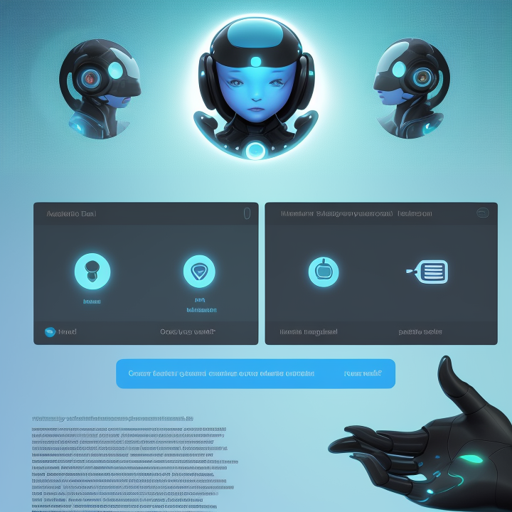In this blog post, we will explore the customized Kek model, an adaptation of DialoGPT specifically designed for personal use. Whether you want to create your own chatbot or simply play around with dialogue generation, this step-by-step guide will walk you through the entire process.
Getting Started with the Kek Model
The Kek model utilizes the principles honed in DialoGPT but allows you to create a personalized interaction experience. Here’s how you can use it:
from transformers import AutoModelForCausalLM, AutoTokenizer
import torch
# Load the tokenizer and model
tokenizer = AutoTokenizer.from_pretrained("spuunkek")
model = AutoModelForCausalLM.from_pretrained("spuunkek")
# Let's chat for 5 lines
for step in range(5):
# encode the new user input, add the eos_token and return a tensor in Pytorch
new_user_input_ids = tokenizer.encode(input("User: ") + tokenizer.eos_token, return_tensors="pt")
# Append the new user input tokens to the chat history
bot_input_ids = torch.cat([chat_history_ids, new_user_input_ids], dim=-1) if step > 0 else new_user_input_ids
# Generate a response while limiting the total chat history to 1000 tokens
chat_history_ids = model.generate(bot_input_ids, max_length=1000, pad_token_id=tokenizer.eos_token_id)
# Pretty print last output tokens from bot
print("DialoGPT: {}".format(tokenizer.decode(chat_history_ids[:, bot_input_ids.shape[-1]:][0], skip_special_tokens=True)))
Breaking It Down: An Analogy
Think of using the Kek model like hosting a dinner party with your friends (chatbot). When guests (users) arrive, you start serving appetizers (the conversation) and keep adding more until everyone is satisfied (the generated response). Each course represents a new input from the user, and just like you wouldn’t want to forget what was previously served (history), the chatbot remembers previous user inputs to ensure the conversation flows smoothly.
Step-by-Step Guide
- Step 1: Import necessary libraries including
AutoModelForCausalLMandAutoTokenizerfrom the transformers package. - Step 2: Load the tokenizer and model using
from_pretrained()method. - Step 3: Implement a loop for conversation that allows for up to 5 exchanges.
- Step 4: Encode user input and maintain chat history.
- Step 5: Generate and display the bot’s response using the model’s capabilities.
Troubleshooting Common Issues
Despite the careful setup, you may encounter some issues while using the Kek model. Here are some troubleshooting ideas:
- No response received: Ensure that the model is properly loaded and that you are inputting data correctly.
- Memory errors: If you’re getting memory-related errors, consider reducing the max_length parameter in the
generatefunction. - Unexpected token outputs: Make sure to handle input tokenization correctly and check for missing libraries.
For more insights, updates, or to collaborate on AI development projects, stay connected with fxis.ai.
Conclusion
By following these steps, you can set up and engage in conversations with your own personalized chatbot using the Kek model. At fxis.ai, we believe that such advancements are crucial for the future of AI, as they enable more comprehensive and effective solutions. Our team is continually exploring new methodologies to push the envelope in artificial intelligence, ensuring that our clients benefit from the latest technological innovations.

